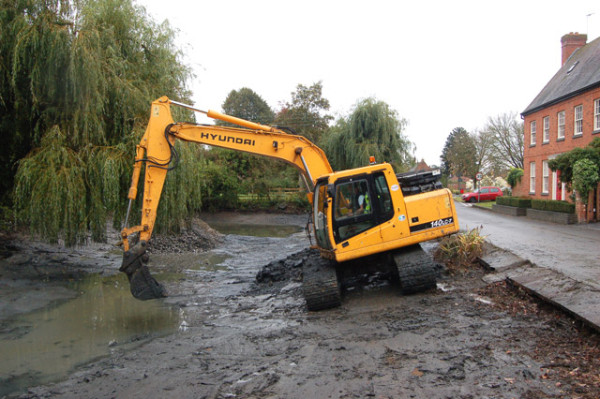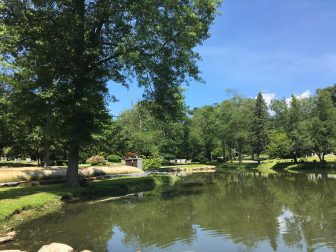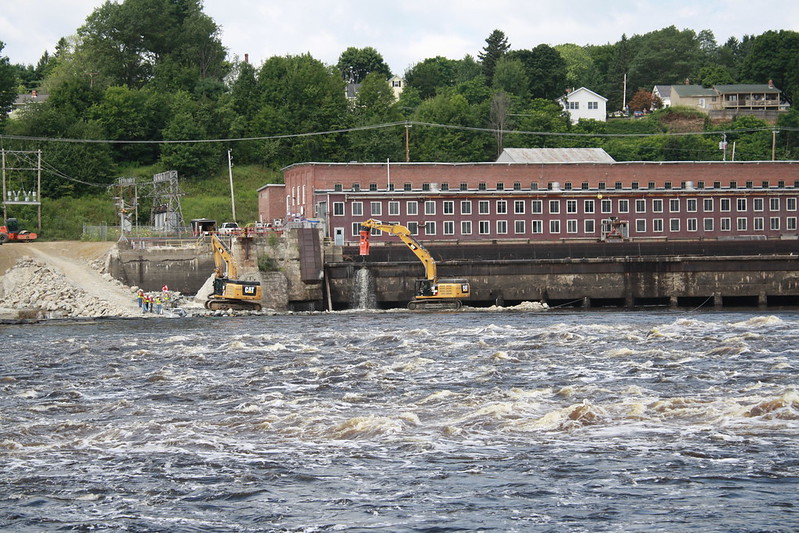

Plummer was accused of using his office as a cover while running a gang that robbed and murdered miners while taking their gold. Montana became a territory in 1864, and Bannack became the territorial capitol.īannack was the site of the notorious Montana Vigilantes saga that culminated in the hanging of Bannack's Sheriff Henry Plummer, along with a number of his alleged gang. The year 1863 is when the rush to Bannack started, and by summer the camp had 3,000 to 5,000 miners, merchants, gamblers, saloon keepers, prostitutes and outlaws.


By winter around 400 people resided at the camp. The strike was significant enough that the men stayed at the location and created the mining camp known as Bannack, named after a local Indian tribe. In the summer of 1862, a group of prospectors from Colorado discovered gold in what they would name Grasshopper Creek. Many of these men were entering the Montana territory in search of new gold deposits. For three decades after that the state of Montana purchased remaining buildings and property, and a State Park was established.īannack, Montana 1860s The Gold Rush at Bannackīy the early 1860s prospectors were leaving the played-out placer mines of California and Colorado. By 1947 efforts were underway to preserve buildings and in the 1950s the Beaverhead County Museum Association began purchasing buildings and property in the town. The post office was closed in 1938 and the school closed in the early 1950s.Īs Bannack declined, concerned citizens of southwest Montana began preservation efforts. The district experienced many periods of boom and decline but by World War 2 the industry was on its last legs. In 1864, Bannack was the territorial capital of Montana for a short time before it was moved to Virginia City. Bannack was settled in 1862 after the discovery of gold on Grasshopper Creek.


 0 kommentar(er)
0 kommentar(er)
